 Limited Edition Golden Llama is here! Check out how you can get one.
Limited Edition Golden Llama is here! Check out how you can get one.  Limited Edition Golden Llama is here! Check out how you can get one.
Limited Edition Golden Llama is here! Check out how you can get one.
 Offering SPR-BLI Services - Proteins provided for free!
Offering SPR-BLI Services - Proteins provided for free! Get your ComboX free sample to test now!
Get your ComboX free sample to test now!
 Time Limited Offer: Welcome Gift for New Customers !
Time Limited Offer: Welcome Gift for New Customers !  Shipping Price Reduction for EU Regions
Shipping Price Reduction for EU Regions
> Interleukin-Protein-Familien

Interleukine (ILs) ist ein Begriff, der eine Gruppe von sezernierten Molekülen beschreibt, die von Leukozyten produziert werden und auf eine Vielzahl von Zellen wirken. Im Allgemeinen werden ILs als Zytokine eingestuft, sie gehören aber auch zur Familie der Lymphokine. ILs haben vielfältige biologische Funktionen; sie sind nicht nur an der Regulierung der Immunreaktion beteiligt, indem sie die Informationsübertragung, Aktivierung und Regulierung der Immunzellen fördern, sondern sie werden auch mit der Regulierung physiologischer und pathologischer Prozesse im Körper wie Autoimmun-, Entzündungs- und Tumorerkrankungen in Verbindung gebracht. Auf der Grundlage der strukturellen Homologie der Zytokine werden die Interleukine in mehrere Proteinfamilien unterteilt, z. B. die Familien IL-1, IL-2, IL-6, IL-10, IL-12 und IL-17.
Es ist erwähnenswert, dass sich die Interleukin-Familie als wichtiges Zielmedikament herauskristallisiert hat, von denen viele bereits auf dem Markt sind und sogar einen beträchtlichen Marktanteil an Medikamenten für ähnliche Krankheiten einnehmen.
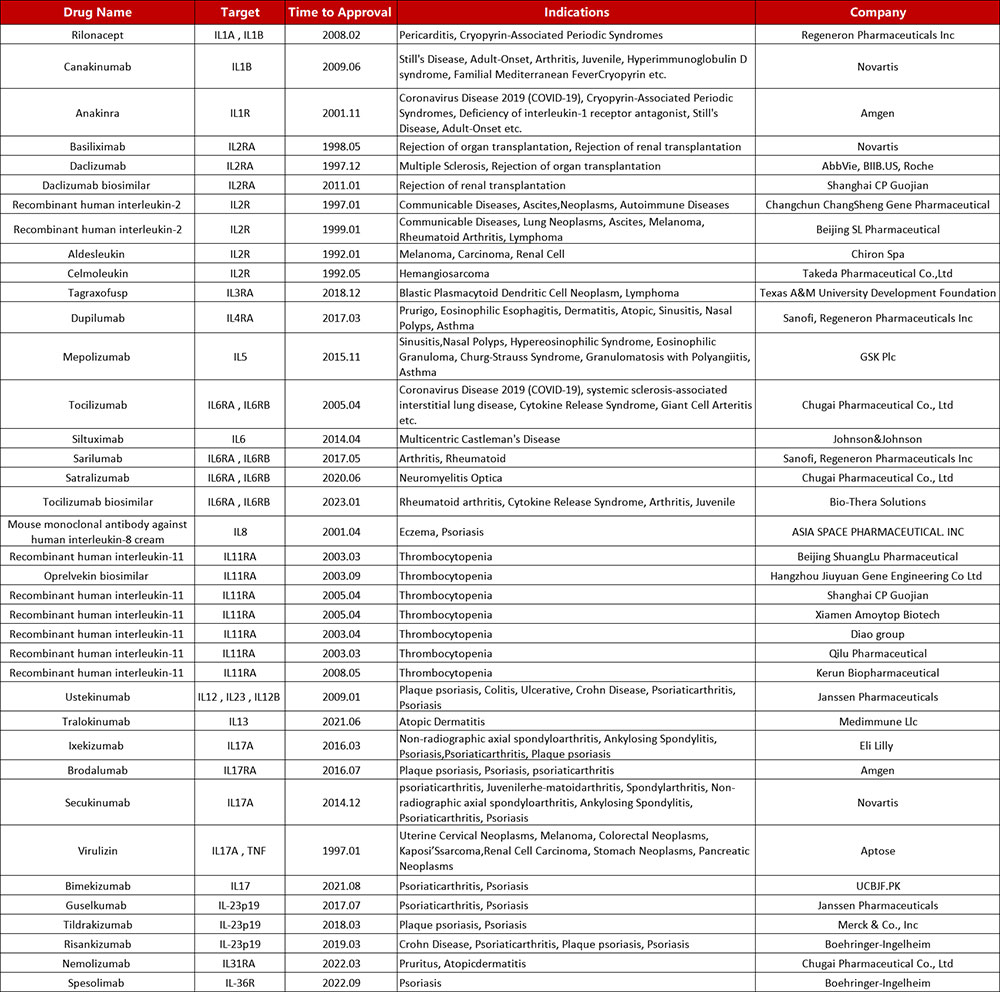

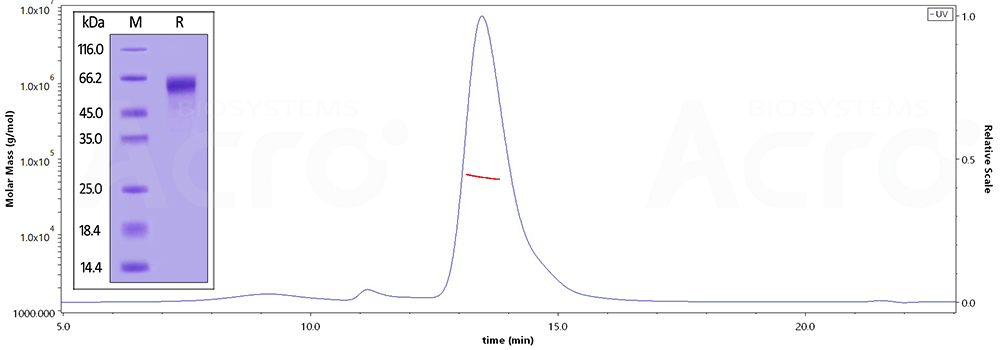
Biotinylated Human IL-1 RAcP, His,Avitag (Cat. No. ILP-H82E5) on SDS-PAGE under reducing (R) condition. The purity of the protein is greater than 90%. As verified by SEC-MALS, the purity is more than 90% and the molecular weight of this protein is around 50-68 kDa.
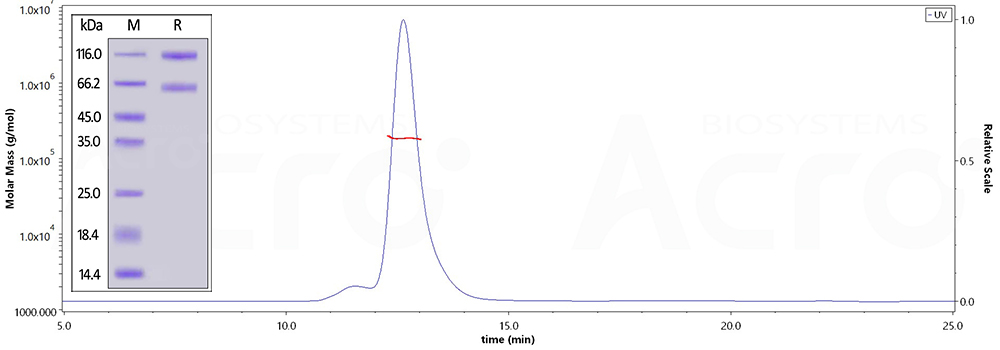
Human IL-2RB&IL-2RA&IL-2RG, Fc Tag&Fc Tag (Cat. No. ILG-H5257) on SDS-PAGE under reducing (R) condition. The purity of the protein is greater than 95%. As verified by SEC-MALS, the purity is more than 90% and the molecular weight of this protein is around 160-190 kDa.
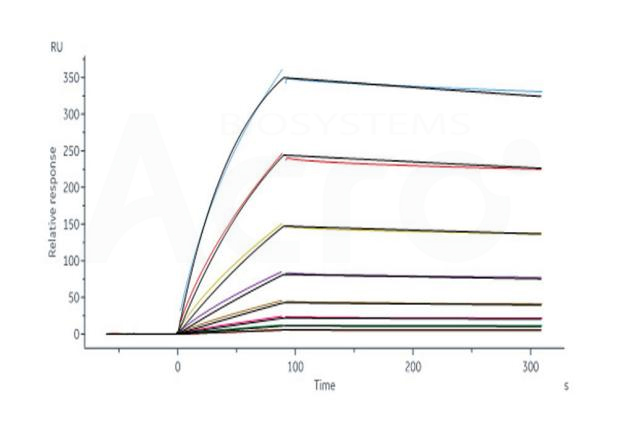
Human IL-31, His Tag (Cat. No. IL1-H5247) capture on NTA-Series S sensor chip can bind Human IL-31 RA, Fc Tag (Cat. No. ILA-H5256) with an affinity constant of 37.1 nM as determined in a SPR assay (Biacore 8K) (Routinely tested).
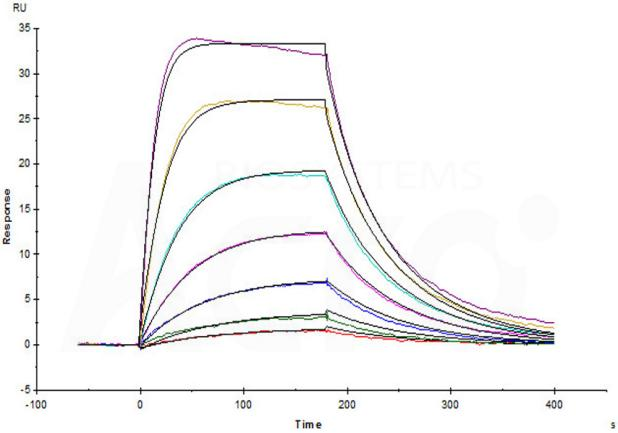
Human IL-13 R alpha 1 Protein, His Tag (Cat. No. IL1-H5224) captured on CM5 chip via anti-His antibody can bind Human IL-13 with an affinity constant of 16 nM as determined in a SPR assay (Biacore T200) (QC tested).
This web search service is supported by Google Inc.
